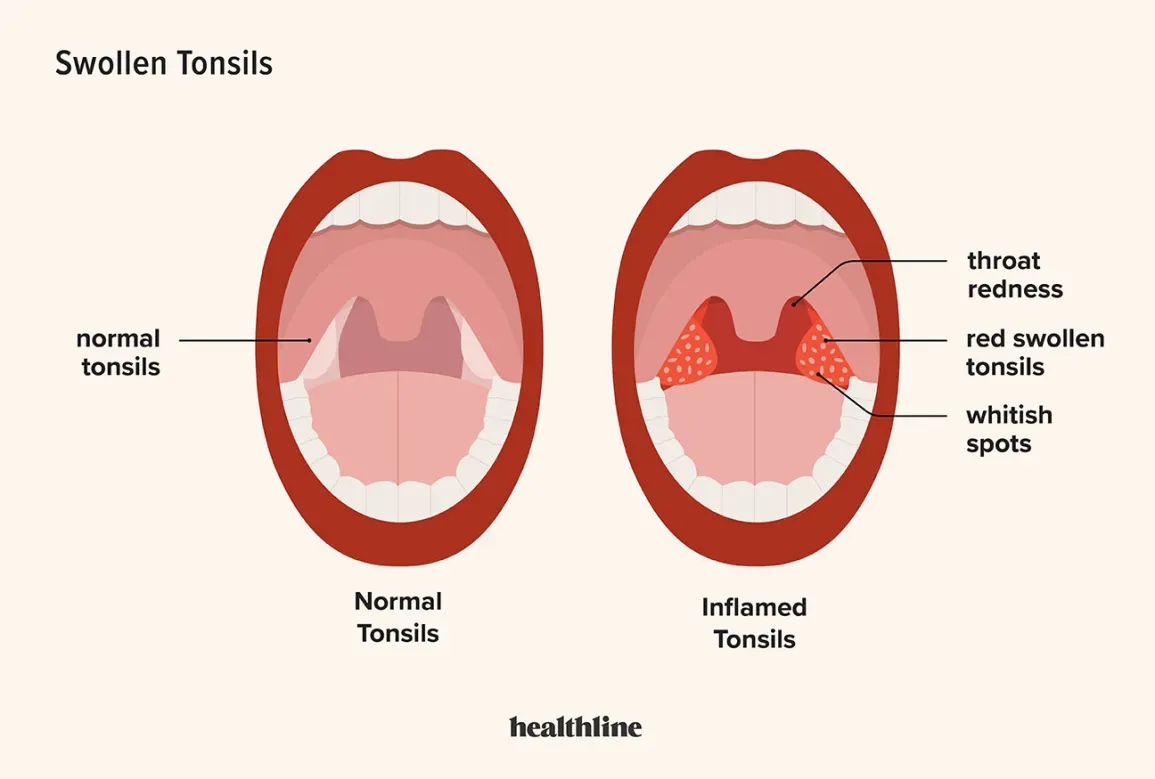How to Prevent and Treat Tonsillitis

Tonsillitis is a painful illness characterized by infected tonsils that swell up and are covered in a yellow or white coating. Other symptoms include fever, sore throat, and swollen neck glands. Patients may also experience difficulty swallowing. The tonsils are a collection of glands at the back of the throat that can get infected with bacteria and viruses. Read on for ways to prevent tonsillitis and how to treat it.
Complications of tonsillitis
Symptoms of tonsillitis vary from person to person. While a simple bout of tonsillitis is usually treated with plenty of water, sucking on sweets, and rest, there are other complications. Acute tonsillitis may accompany other conditions, such as rhinitis, sinusitis, and otitis media. If you or a child experiences a prolonged episode of tonsillitis, seek medical attention immediately.
Although a viral infection most often causes tonsillitis, the condition can also occur due to increased exposure to other people carrying the virus. Antibiotics, for instance, can increase the risk of tonsillitis by destroying the normal mouth flora. In children, exposure to uncontrolled diabetes can increase the risk. But the most common causes of tonsillitis are the adenovirus, rhinovirus, coronavirus, and respiratory syncytial virus. Bacterial tonsillitis is commonly caused by the GABHS virus, which is responsible for up to 30% of acute pharyngotonsillitis in children.
Treatment
In acute tonsillitis, treatment focuses on maintaining adequate hydration and caloric intake, reducing fever, and addressing any pain or other symptoms. In more severe cases, intravenous hydration and antibiotics may be necessary. Home intravenous therapy may help with hydration, and a physician may prescribe intravenous corticosteroids to reduce swelling and pharyngeal effusion.
If a bacterial infection continues to bother a child, the best option for treatment is a tonsillectomy. In children, this outpatient procedure removes the tonsils to prevent further infection. This procedure is only considered necessary after three bouts of tonsillitis in the last 12 months and when antibiotics have been ineffective. Recovery time is usually between 10 and 14 days. While this surgery is effective, it is a major surgical procedure.
Prevention
There are several tips to help prevent tonsillitis. The first is to know what you are infected with. Viral infections like tonsillitis are contagious and can be easily spread through direct and indirect contact. People with tonsillitis will be contagious for about two weeks if not treated with antibiotics. Another important tip is to practice good personal hygiene. This means keeping your mouth clean with a good interdental toothbrush and using a raw throat disinfectant like Streptokill. Always wash your hands regularly.
Another tip is to get your child's tonsils checked. Infections caused by the Epstein-Barr virus can leave red patches on the soft palate. A thin membrane can also form on the tonsils. Although symptoms are not very reliable, a doctor can do a test to rule out a bacterial infection and determine the severity of the problem. Modern rapid tests are available that can give results within a few minutes.
Diagnosis
Diagnosis of tonsillitis is based on physical examination, review of medical history, and culture of a throat swab. The condition is typically symptomatic, requiring minimal medical intervention. However, a peritonsillar abscess may occur if tonsillitis bleeds or causes airway obstruction. If this is the case, the patient will likely require antibiotic treatment.
Treatment for tonsillitis will vary depending on the type of infection. An ENT may recommend a tonsillectomy if it lasts more than three months. Treatment of this condition usually consists of continuous antibiotic treatment. It is important to remember that tonsillitis is not contagious for at least 24 hours. It is important to finish the prescribed antibiotics, as a patient is no longer contagious when on a course of antibiotics.



